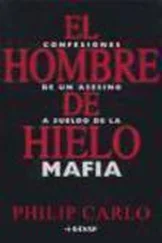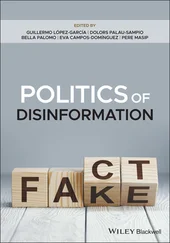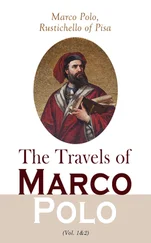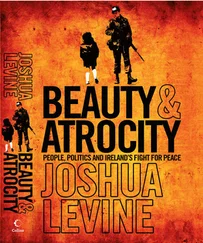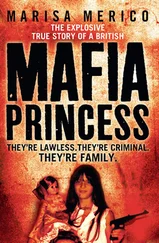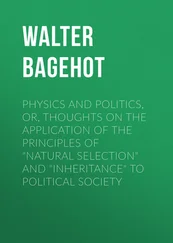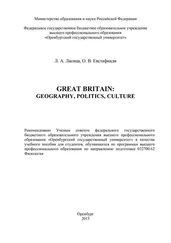To conclude this chapter, it would probably be useful to offer a final diagrammatic representation about the main distinctions that have structured the discussion on mafia since its inception in Italy in the nineteenth century. Instead of an image, I synthetize them according to the following set of conceptual, even epistemological, alternatives: individual/collective; centralized/decentred; ethnically based/diffused; economic/political; culture/structure; culture as regulative/culture as constitutive. Think of them as a series of nested, recursive oppositions. We will see in the next chapter how this set of oppositions has been managed in what looks like the single most influential of contemporary theories of mafia – i.e. the economic theory set forth by Gambetta working on the shoulders of pioneers such as Schelling, Reuter, Tilly and economic historian of Venice in the Middle Ages and early modern times, Frederic C. Lane. The next chapter addresses a critical reconstruction of that theory.
1 1 In this foreword, Cressey set forth a distinction between ‘organized’ and ‘an organization’, insisting that, in Sicily, according to Hess, mafia was organized but had not developed into an organization, as it had in the US. Cressey (1972b) advanced the same distinction in a critical review of Albini (1971).
2 2 Jeremy Boissevain ‘established his name in anthropology as one of the “Bs” – Boissevain, Barth, Bailey, Barnes, Bott – who in the 1960s and 1970s were important in superseding the structural-functionalist paradigm in British social anthropology with an actionist approach. Focusing on choice rather than constraint, on individual agency rather than structure, on manipulation and power-play rather than rules and tradition, and on dyadic relationships and ephemeral groupings rather than corporate groups, these transactionalists were instrumental in bringing the individual back into the scope of social anthropology’ (Ginkel and Stengs 2006, 15).
3 3 Like other villages studied by anthropologists, those studied by mafia scholars are also known by pseudonyms. ‘Villamaura’ was, indeed, the rural town of Sambuca, in the Province of Agrigento, just a few miles from Contessa Entellina, the village studied by Blok under the name of ‘Genuardo’. For the authors’ retrospective assessment of their study after thirty years, see Schneider and Schneider (2011).
4 4 For a very critical review of Sabetti (1984), see Blok (1986, 168): ‘We do not hear much about people who disagreed with the illegal regime of self-government. And Sabetti somehow conveys the idea that there were no dissenters, at least not until the 1940s and 1950s when the local mafia of Camporano was deeply involved in regional and national party politics and eventually had become another burden on the villagers.’ See also Sabetti’s reply, from which I draw just this brief excerpt: ‘The misunderstanding between Blok and me turns upon Blok’s failure to recognize that fundamental theoretical problems exist in defining ab initio Sicilian mafia groups as criminal associations or as creatures of landlords’ (1987, 381). For Sabetti’s own assessment of his own study after thirty years, see Sabetti (2011). For a recent assessment of the field of the anthropology of the mafia from Blok’s perspective, see Blok (2015).
Конец ознакомительного фрагмента.
Текст предоставлен ООО «ЛитРес».
Прочитайте эту книгу целиком, купив полную легальную версию на ЛитРес.
Безопасно оплатить книгу можно банковской картой Visa, MasterCard, Maestro, со счета мобильного телефона, с платежного терминала, в салоне МТС или Связной, через PayPal, WebMoney, Яндекс.Деньги, QIWI Кошелек, бонусными картами или другим удобным Вам способом.

